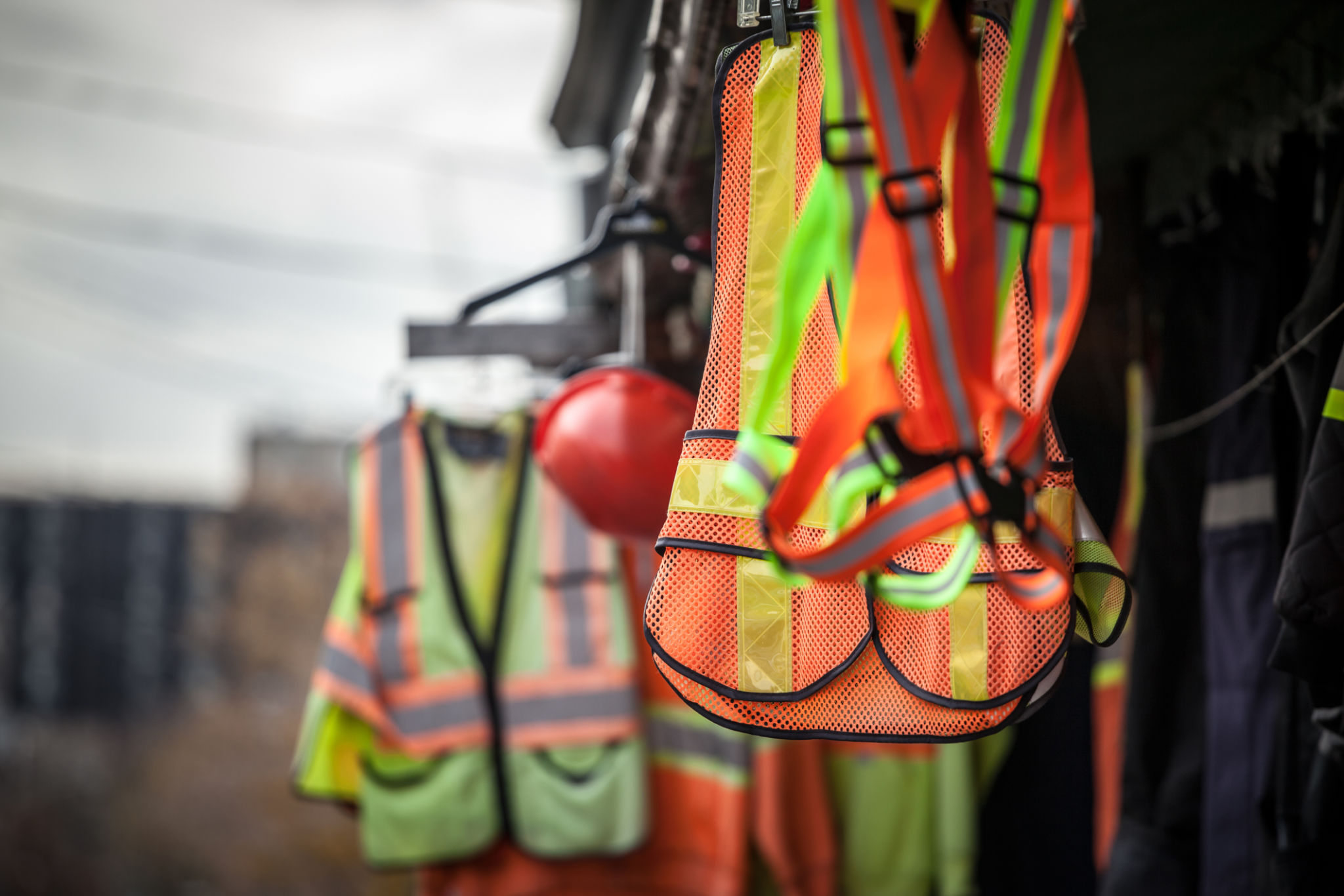Understanding Calibration Gases: Importance and Applications
Introduction to Calibration Gases
Calibration gases are essential components in the world of industrial safety, environmental monitoring, and scientific research. These gases are specifically formulated mixtures used to calibrate gas detection equipment, ensuring accurate readings and reliable performance. Understanding the importance and applications of calibration gases can significantly enhance the precision and safety of various operations.

Why Calibration Gases Are Important
Accurate gas detection is crucial in many industries, from manufacturing to healthcare. Calibration gases provide a standard against which gas detectors can be adjusted. Without proper calibration, detectors may give false readings, which could lead to dangerous situations, costly inefficiencies, or regulatory non-compliance. Regular calibration ensures that the equipment provides accurate measurements, safeguarding workers and the environment.
Moreover, calibration gases help maintain compliance with industry standards and government regulations. Many industries must adhere to strict safety protocols, and using properly calibrated equipment is a key requirement in meeting these standards.
Types of Calibration Gases
Calibration gases come in various compositions depending on the application and specific needs. Common types include:
- Single Gas Mixtures: These contain one type of gas and are typically used for specific calibration purposes.
- Multi-Gas Mixtures: These contain multiple components and are used for more complex calibration tasks involving several gas types.

Applications Across Industries
The use of calibration gases spans multiple sectors, each with unique requirements:
- Industrial Safety: In manufacturing and chemical processing industries, calibration gases ensure the proper functioning of safety sensors, preventing hazardous leaks.
- Environmental Monitoring: These gases are vital in monitoring air quality, emissions, and pollution levels to protect public health and comply with environmental regulations.
- Healthcare: Medical facilities use calibration gases to maintain the accuracy of anesthesia and respiratory equipment.
The Calibration Process
The process of calibrating equipment with calibration gases involves several steps to ensure precision:
- Connecting the gas cylinder to the detector using appropriate fittings.
- Adjusting the detector settings to match the concentration of the calibration gas.
- Verifying the detector's response and making necessary adjustments for accuracy.

Choosing the Right Calibration Gas
Selecting the appropriate calibration gas is critical for effective calibration. Factors to consider include:
- The type of detector and its specific sensor requirements.
- The target gases in your operational environment.
- The concentration levels needed for precise detection.
Consulting with a supplier knowledgeable about your industry’s needs can guide you in choosing the right calibration gas mixtures.
Maintaining Calibration Equipment
Proper maintenance of calibration equipment is as important as using the correct gases. Regular checks on cylinders for leaks, proper storage conditions, and replacing expired gases contribute to effective calibration. Keeping a record of calibration schedules and results ensures consistent performance and compliance with safety standards.
Conclusion
Understanding and utilizing calibration gases effectively enhances the accuracy of gas detection systems across various industries. By ensuring equipment is properly calibrated, businesses can protect their employees, comply with regulations, and maintain operational efficiency. Investing in quality calibration gases is an investment in safety and reliability.